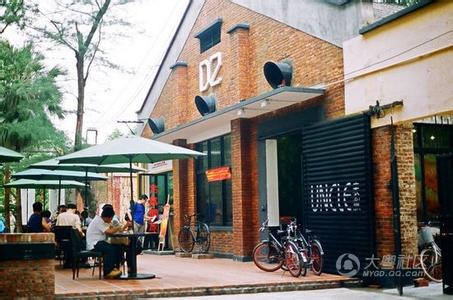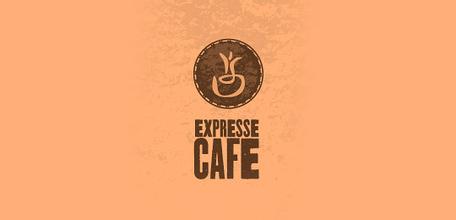"Coffee Triangle"-Walking and tasting: coffee Town in Colombia
The famous "Coffee Triangle" (coffee triangle) in southwestern Colombia has led to a popular tourist route, becoming an alternative to luxury resorts and streamlined plantation tours. And the Sierra Nevada route is a journey through the past and the present, allowing visitors to get a glimpse of the past and taste the upcoming Colombian coffee. In remote upland areas, indigenous tribes Koji and Alvako are leading the way in the cultivation of organic coffee, with a sustainable system that combines traditional spiritual beliefs with modern knowledge of cultivation. These estates have skills and tools handed down from generation to generation, and the organic coffee beans are highly sought after, with triple certification of organic food, fair trade and rainforest friendliness. Angel Maria Orozco, a coffee grower with key cards, uses a pestle to peel off the hard shells of sun-dried coffee beans. Photograph: Francisco Lastrucci (Francesco Lastrucci)
However, coffee is not native to Colombia, but it has been grown here for hundreds of years, and the steep mountains are shaded by trees, combined with the right precipitation, height and temperature. it is an ideal place to grow round, medium-sized Arabica beans. Colombia has been exporting coffee beans since the early 19th century, with sales reaching 840000 tons in 2015 alone. Caf é de Colombia, a well-known brand of Columbia Coffee and his capable donkey Conchita, as well as the images of Juan Valdez and Donkey in its advertisements. A Kogi farmer from the aboriginal community of El Trompito, on the outskirts of Tyrona National Park, picks ripe coffee beans. Photograph: Francesco La Strooch (Francesco Lastrucci)
The Colombian town of Kekka is brewing something. The air smelled of caramel, bark, charcoal and chocolate. What smells like that? It turns out that the coffee beans are freshly baked in the backyard roaster, and the rich roasting aroma penetrates the water mist that hangs over the tropics all the year round.
This tranquil region, the Santa Marta Sierra Nevada Mountains in northern Colombia, which originated on the coast of the Caribbean, was forgotten by political disputes and has long been uncivilized, but is now a popular tourist destination. The palm-tree beaches of Tyrona National Park, the ancient ruins of Perdida, and the bird paradise in the jungle around the key card attract many Colombians and knowledgeable foreign tourists from the city.
Recently, Menka and the Sierra Nevada have become new pilgrimages for coffee-loving tourists, coffee connoisseurs and curious backpackers who can't wait to see what Juan Pablo Campos, general manager of the Lewo Coffee Bean Trading Group, calls "Colombia's most important organic coffee producer."

Important Notice :
前街咖啡 FrontStreet Coffee has moved to new addredd:
FrontStreet Coffee Address: 315,Donghua East Road,GuangZhou
Tel:020 38364473
- Prev

Uganda Coffee Bean Flavor Description Grinding Scale Production Area Treatment Variety Introduction
Later, when ships replaced sailboats, people drank fresher coffee beans because of shorter delivery times. But people accustomed to old beans are not used to this fresh taste, so they desperately pursue old Java coffee, so that the Indonesian government and some businessmen deliberately store fresh beans in warehouses for one to two years before selling them to consumers. In fact, aged Java beans are more common than fresh beans.
- Next

Introduction to varieties of grinding scale for flavor description of El Salvador boutique coffee beans
El Salvador is one of the small countries in Central America with a dense population. The flavor of its coffee is characterized by excellent balance. Today, this coffee accounts for 40% of the country's exports. 35% of the extra hard beans of the best coffee are exported to Germany from January to March. In the early 1990s, guerrilla warfare greatly damaged the country's national economy and increased coffee production from the 1970s.
Related
- Detailed explanation of Jadeite planting Land in Panamanian Jadeite Manor introduction to the grading system of Jadeite competitive bidding, Red bid, Green bid and Rose Summer
- Story of Coffee planting in Brenka region of Costa Rica Stonehenge Manor anaerobic heavy honey treatment of flavor mouth
- What's on the barrel of Blue Mountain Coffee beans?
- Can American coffee also pull flowers? How to use hot American style to pull out a good-looking pattern?
- Can you make a cold extract with coffee beans? What is the right proportion for cold-extracted coffee formula?
- Indonesian PWN Gold Mandrine Coffee Origin Features Flavor How to Chong? Mandolin coffee is American.
- A brief introduction to the flavor characteristics of Brazilian yellow bourbon coffee beans
- What is the effect of different water quality on the flavor of cold-extracted coffee? What kind of water is best for brewing coffee?
- Why do you think of Rose Summer whenever you mention Panamanian coffee?
- Introduction to the characteristics of authentic blue mountain coffee bean producing areas? What is the CIB Coffee Authority in Jamaica?

